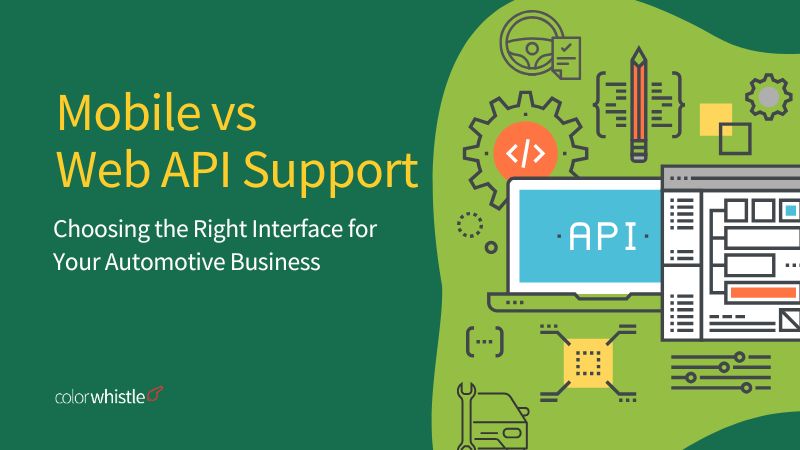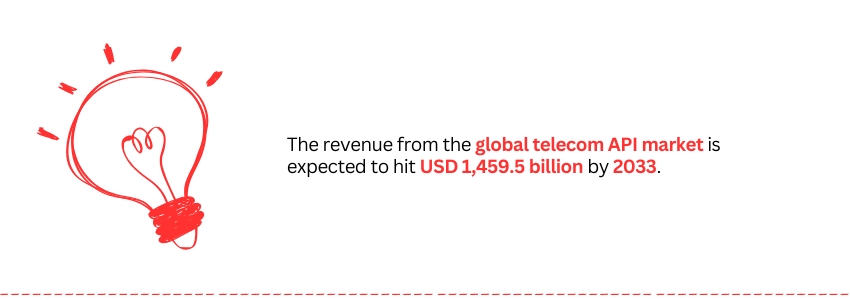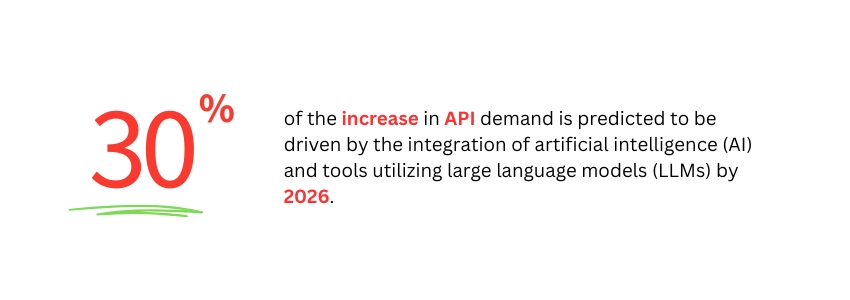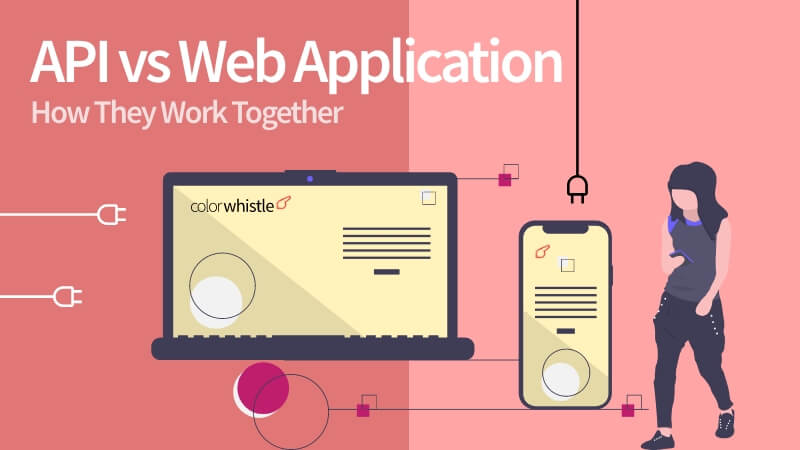The choice between mobile and web APIs presents a captivating rivalry between two technological titans. On one side, the agile mobile API is poised for swift execution, on the other, the stalwart web API is resolute in its command over data management. Which champion will seize the crown in this extraordinary face-off?
In the swiftly transforming landscape of the automotive sector, the incorporation of advanced technology stands as a critical priority. As automobiles evolve into sophisticated, interconnected entities, companies are faced with the imperative to strategically utilize mobile and web APIs alongside custom API development services, to elevate their operational efficiency and enhance customer experiences.
This blog explores the distinctions between mobile and web API support, highlighting their unique benefits and the essential factors automotive enterprises should contemplate when selecting the most suitable interface.
Mobile APIs
Web APIs
Mobile APIs serve as sophisticated application programming interfaces tailored for mobile applications, empowering them to interact seamlessly with various software services. These interfaces provide mobile apps with the ability to tap into external data and functionalities, thereby enabling features such as remote vehicle management, real-time updates, and smooth integration with third-party services. Mobile APIs catalyze developers, allowing them to refine app capabilities and curate a flawless user experience by simplifying the integration of complex functionalities.
Web APIs are distinguished application programming interfaces that enable sophisticated communication between disparate software applications via the internet. They facilitate applications in accessing and exchanging data through universally accepted protocols such as HTTP. The role of Web APIs is crucial in the integration of services and functionalities across different platforms, significantly enriching user experiences and improving operational efficiency.
Key Differences Between Mobile and Web APIs
Feature
Mobile APIs
Web APIs
Performance Requirements
- Optimization is essential for limited resources: CPU, memory, and battery.
- Focus on minimizing network usage, particularly in mobile networks.
- Mobile networks often have low bandwidth and high latency.
- Using smaller payloads, such as JSON instead of XML, helps reduce bandwidth consumption.
- Web browsers operate on devices with better hardware.
- Improved hardware leads to reduced performance constraints.
- Stable network environments support larger data transfers.
- Browsers can manage more complex processing tasks effectively.
Data Transfer and Efficiency
- Use lightweight responses to reduce data usage.
- Prefer compact formats like JSON over XML.
- Implement caching strategies to minimize repeated requests.
- Optimize for low latency to improve performance.
- Design for intermittent network connections to enhance reliability.
- Larger payloads can be transferred effectively.
- Operate in high-bandwidth environments.
- Utilize sophisticated protocols.
- Can accommodate detailed responses due to fewer resource limitations.
Authentication and Security
- Implement token-based authentication methods like OAuth2 or API keys.
- Ensure API keys are securely stored on the device.
- Incorporate additional security measures to reduce risks.
- Use device fingerprinting techniques to mitigate token interception and misuse.
- Session-based authentication and cookies complement token-based approaches.
- Security measures focus on reducing web-specific vulnerabilities.
- Key vulnerabilities include cross-site scripting (XSS) and cross-site request forgery (CSRF).
Rate Limits and Throttling
- Implement stricter rate limits to control usage by individual devices.
- Aim to prevent overuse that can degrade app performance.
- Rate limits may be less strict for web clients.
- Web clients typically function in resource-rich environments.
- Improved resources can lead to more flexible rate limiting.
Caching
- Implement aggressive caching techniques to enhance performance.
- Store data locally on the device to enable offline access.
- Utilizes HTTP caching mechanisms effectively.
- Employs ETags for efficient resource management.
- Implements Cache-Control to optimize caching strategies.
- Benefits from consistent server access in the environment.
Error Handling
- Simplify error codes and messages for easier understanding on mobile devices.
- Avoid complex parsing to enhance user experience.
- Implement user-friendly fallback mechanisms.
- Consider strategies like retry options or default data to improve functionality.
- Provide detailed error messages to assist developers in debugging.
- Assume the availability of advanced tools on the web for troubleshooting.
Integration with Platform Features
- Interaction with device-specific features is common which include GPS, camera, and accelerometer.
- SDKs and libraries facilitate integration with platform-specific tools.
- Examples of platforms include Android and iOS.
- Focus on browser-based features for interaction.
- Utilize web APIs for enhanced functionality.
- Key APIs mentioned include geolocation, notifications, and WebRTC.
Development and Testing
- Testing is necessary for different network conditions: low bandwidth, high latency, and packet loss.
- Compatibility with various device types is crucial.
- Consideration of different screen sizes is important for user experience.
- Focus on cross-browser compatibility testing.
- Emphasis on high-concurrency usage scenarios.
Push Notifications and Real-Time Features
- Integration with push notification services includes Firebase Cloud Messaging and APNs.
- Lightweight real-time communication protocols are frequently used.
- WebSockets and Firebase are notable examples of these protocols.
- Utilize WebSockets for real-time communication.
- Consider server-sent events (SSE) for efficient data streaming.
- Implement polling as an alternative for real-time updates.
- Minimize focus on push notifications for real-time features.
SDKs and Tooling
- SDKs, such as iOS or Android SDKs, are often used to facilitate integration with mobile applications.
- They provide tools and resources that streamline the development process.
- Using SDKs can enhance the functionality and performance of mobile apps.
- Offers browser-based tools for user convenience.
- Provides developer portals to facilitate integration.
- Aims to simplify the process of connecting with web platforms.
Also Read
Pros & Cons of Mobile API Support
Pros
Cons
Improved Functionality: Mobile APIs enhance the functionality of applications by facilitating the integration of features such as location services, payment methods, and social media sharing, thereby eliminating the need to develop these components from the ground up.
Limited Functionality: Certain mobile APIs might lack some essential features, which could require extra development efforts to address the shortcomings.
Fast Development Process: They facilitate swift development by offering pre-existing functions, which conserve time and lower expenses throughout the application development process.
Performance Challenges: A strong dependence on API calls may create performance slowdowns, especially when API response times are sluggish or when network problems arise.
Smooth Third-Party Integration: They facilitate seamless integration with various third-party services, such as payment gateways and analytics tools, thereby improving user engagement.
Complexity in Integration: The process of integration can be challenging and typically requires substantial technical expertise, especially when managing several APIs.
Real-Time Updates: Mobile APIs enable instantaneous data updates, guaranteeing that users obtain information promptly, thereby increasing the app’s significance. However, dependence on external services may result in complications if those services encounter problems.
Limited Control Over Updates: Modifications from third-party API providers can unexpectedly impact the app’s performance, resulting in maintenance difficulties.
Cost Efficiency: Using existing APIs allows developers to save time and resources, leading to reduced development costs compared to building features from scratch.
Security Risks: Improper implementation of mobile APIs can lead to security and privacy vulnerabilities, highlighting the need for strict security protocols.
Also Read
Pros & Cons of Web API Support
Pros
Cons
Flexibility in Data Formats: Supports a range of data formats like JSON and XML, making integration and data handling more efficient.
Dependency on Third-Party Developers: Using third-party developers for integration may result in unexpected reliance.
Asynchronous Support: Supports asynchronous calls, making it easier to address complex API requirements.
Increased Complexity: Designing a Web API can be complex, especially for developers unfamiliar with web architecture
Robustness: Designed using MVC architecture, which enhances the separation of concerns and simplifies maintenance.
Security Vulnerabilities: APIs may be vulnerable to security threats such as SQL injection and cross-site scripting attacks.
Interoperability: Web APIs enable smooth communication between various applications, facilitating interoperability across different platforms and programming languages.
Potential for Increased Latency: API calls can result in increased latency when compared to direct database queries because of the additional overhead from HTTP requests.
Direct Database Access Alternatives: This can function as a more secure alternative to direct database access by overseeing data access through APIs.
Performance Overhead: Large amounts of HTTP requests can cause performance issues if not handled correctly.
Considerations When Choosing Between Mobile and Web APIs For Automotive Business
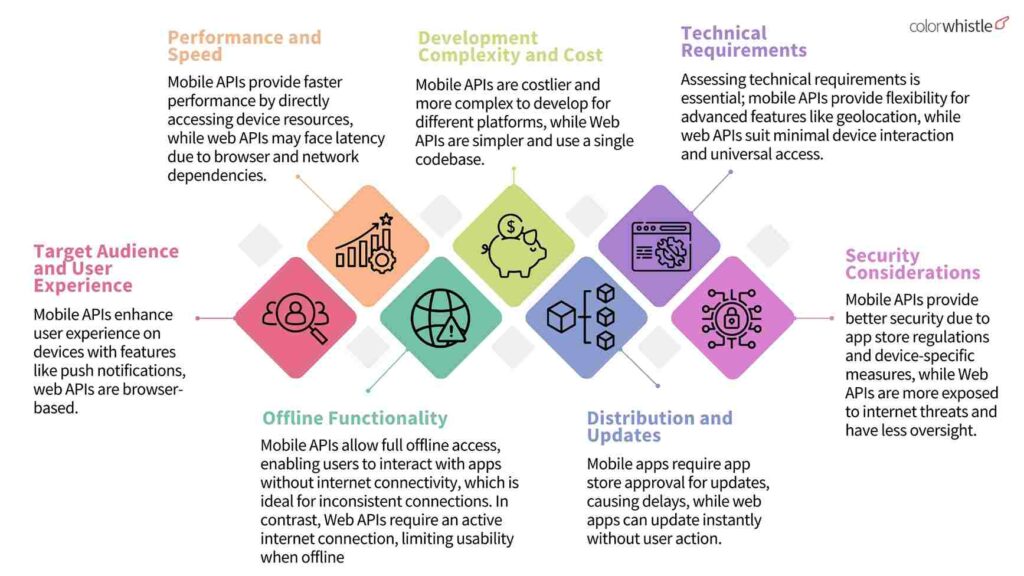
API Showdown: Which Route Will You Take?
In the constantly evolving automotive landscape, the choice between mobile and web API support is a significant one that can greatly influence user experience and operational efficiency.
Mobile APIs are particularly effective in delivering real-time interactions and improving customer engagement through features like remote vehicle control and diagnostics. Conversely, web APIs excel in data management and integration, making them perfect for businesses that emphasize analytics and enterprise applications.
The ideal option ultimately depends on your unique business requirements, target audience, and the functionalities you wish to implement. By carefully evaluating these aspects, automotive companies can take advantage of the strengths of either mobile or web APIs to promote innovation and boost customer satisfaction. Furthermore, considering custom API development services can provide tailored solutions that meet specific needs, ensuring your business stays competitive in a rapidly changing market.
If you are looking for professional Website Redesign Services for your business platform, ColorWhistle offers a luxurious array of digital services to cater to your needs. Contact us at +1 (919) 234-5140 to begin working together to accomplish your business objectives.
What’s Next?
Now that you’ve had the chance to explore our blog, it’s time to take the next step and see what opportunities await!

